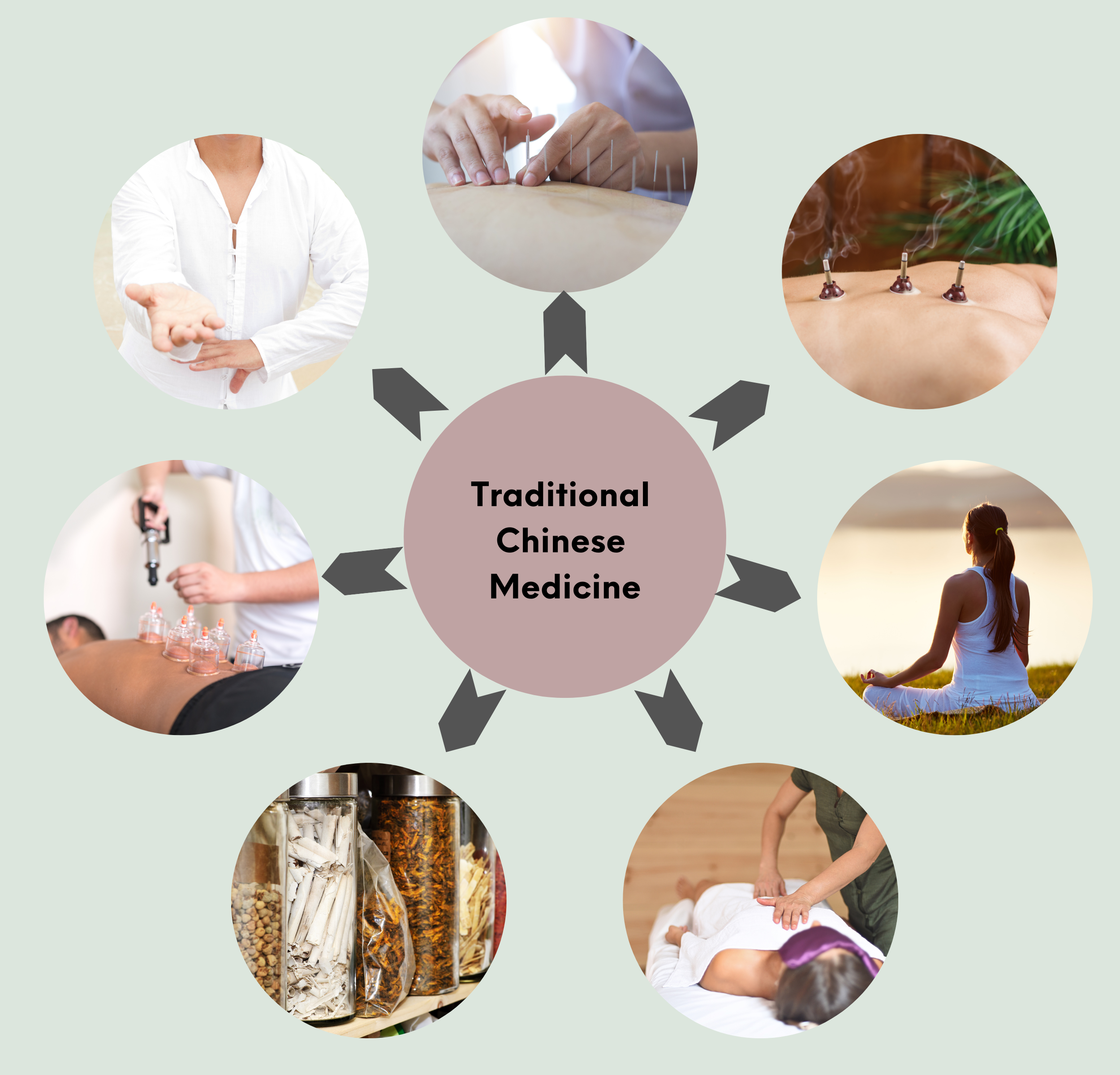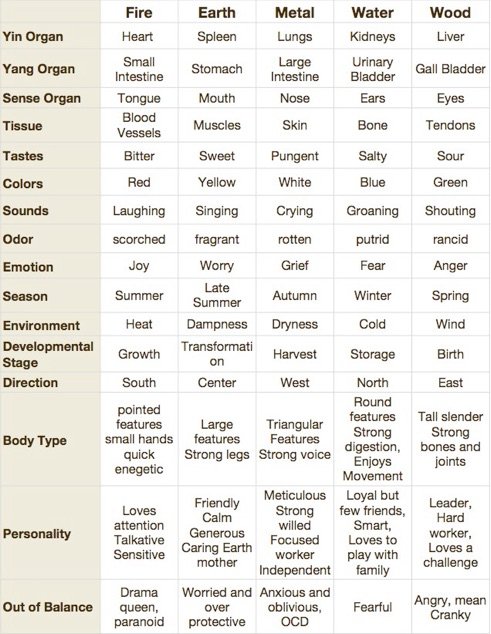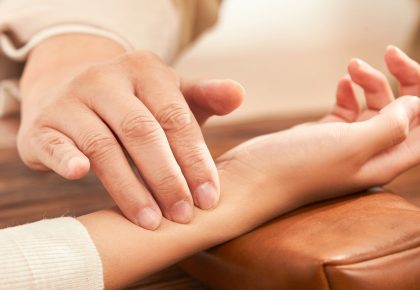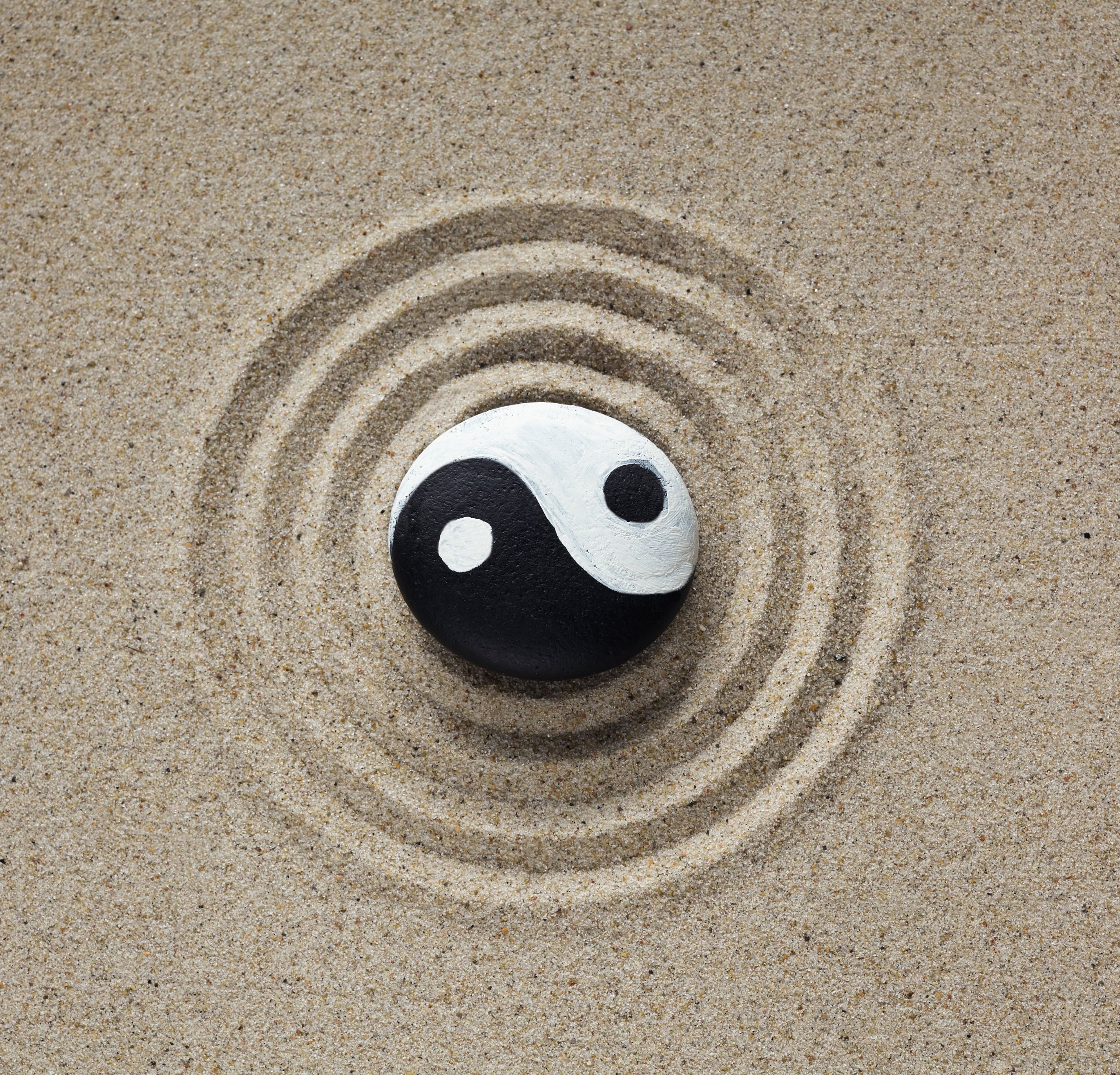Chinese medicine diagnostics
Diagnostics begin with questioning and observation. External observation of a person’s movement, body posture, face, and overall demeanor provides the therapist with a clear picture. A lot of information is conveyed through a person’s appearance, body type, voice, and face, abdominal palpation, etc. The color of the face, the sparkle and expressiveness of the eyes indicate the person’s general health condition. The frequency of breathing and the strength of the voice are also listened to.
The interview plays an important role in gathering information about the nature and location of the problem (e.g., pain, acute and chronic diseases), dietary habits, taste sensitivity, and sleep patterns.
During the first visit, the duration of therapies is determined according to individual needs. As a result of the diagnostics, you will receive a health plan and personal recommendations regarding herbs, nutrition, exercise, and lifestyle.
The health plan usually includes dietary recommendations (according to body type, season, etc.). Nutritional therapy and proper diet are the primary treatment methods in Chinese medicine. With daily proper, healthy, and balanced nutrition, it is possible to heal many diseases and health problems. Even more important is nutrition for disease prevention. Additionally, recommendations may include exercise, meridian and acupuncture points, emotional release techniques, and herbs.

Balance restoration treatments may include:
- Acupuncture
- Moxibustion (burning herbs on or near the body)
- Cupping therapy (using heated glass jars on specific body points to create suction)
- Massage
- Herbal medicine
- Exercise and focus practices (e.g., Shindo, Qigong)
- Auriculotherapy (ear acupuncture) – based on the idea that the ear has areas affecting the whole body, initially systematized and made more accessible by French physician Paul Nogier.
When can Chinese Medicine help?
In Chinese medicine, a person is always viewed as a whole, and healing is planned accordingly with the aim of enabling the body to heal itself.
The goal of Chinese medicine diagnostics is to identify the root cause of the body’s imbalance. Behind every imbalance, there is always a cause, and every illness teaches us something. If you do not listen to your body, do not change anything, and continue the same way, the next lesson may emerge. Therefore, finding the cause and understanding it is always crucial in the healing process.
The theory of the five elements in Chinese medicine has many applications, and the corresponding systems are related to numerous phenomena and characteristics in nature and the human body. These correspondences are linked to organs, tissues, tastes, directions, climates, colors, seasons, and more.
Below is a table detailing these nuances.

Diagnostic process
Common questions focus on symptoms like fever, chills, sweating, painful areas, urination and defecation, food and taste, thirst and drink, sleep patterns, and the condition of eyes, ears, throat, and other body parts. Specific questions for women include menstruation, discharge, pregnancy, and childbirth. For men, questions cover masculinity, impotence, energy loss, hair loss, hearing loss, and other related issues.
Pulse diagnosis. Chinese medicine emphasizes unique pulse rhythms for major organs and meridians, distinguishing it from allopathic medicine. Chinese pulse diagnosis provides detailed information about the state of internal organs and corresponding meridians by palpating the radial artery of both wrists, divided into three areas and accessed at three different levels: superficial, middle, and deep.

Tongue diagnosis. The tongue micro-system is another special diagnostic tool in Chinese medicine. The practitioner observes various shapes, colors, patterns, and coatings on the tongue, each indicating specific details about the person’s condition. As treatment progresses, changes in the tongue’s appearance show the effectiveness of the chosen protocol.
Contraindications
Useful information
Traditional Chinese Medicine (TCM) is thousands of years old and has changed little over the centuries. Its core concept is Qi, which means the vital force that flows through the body. Any imbalance in Qi can lead to diseases and imbalance in the body. Most often, this imbalance is thought to be caused by changes in the opposing and complementary forces that underlie Qi. These are known as yin and yang.

The Chinese believed that people are microcosms, part of the larger surrounding universe, and connected to nature, subject to its forces. The balance between health and disease is a fundamental principle. The goal of Chinese medicine is to restore this balance through specific treatments.
Most of the history of Chinese medicine, written after the classical canons, comes from primary sources in the form of case studies, where academic doctors recorded a particular person’s illness, the treatments used, and their effectiveness. Historians have noted that Chinese scholars wrote these studies as “prescription books or advisory manuals” rather than in a standard format. According to their historical and environmental understanding, no two diseases were the same, so a physician’s treatment strategies were unique to each patient’s specific diagnosis. Medical case studies existed throughout Chinese history, but the “individually written and published medical case history” was a distinctive creation of the Ming Dynasty. Examples of such case studies include the collection of 93 cases published by the scholar-physician Cheng Congzhou in 1644.
Interesting facts
On May 25, 2019, Traditional Chinese Medicine (TCM) was officially included in the 11th version of the International Statistical Classification of Diseases and Related Health Problems (ICD-11). This document represents the official global disease classification of the World Health Organization’s (WHO) governing body, the World Health Assembly.
This official collection has recognized Traditional Chinese Medicine as a traditional healthcare system and confirmed it in 129 member countries worldwide. An excerpt from the WHO website about ICD-11 states: “ICD is the foundation for identifying health trends and statistics worldwide, and the international standard for reporting diseases and health conditions.”
ICD-11 was presented at the seventy-second World Health Assembly in May 2019, and after approval, member countries will begin following and reporting based on it from January 1, 2022.
